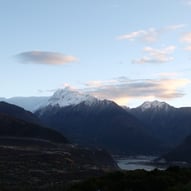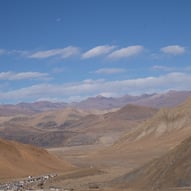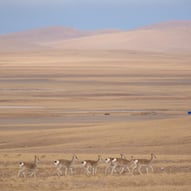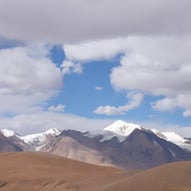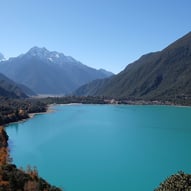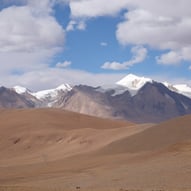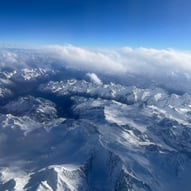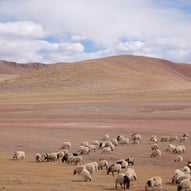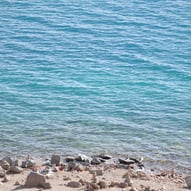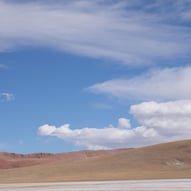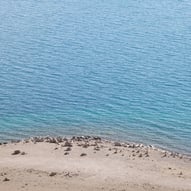Winter in Tibet: A Photographic Journey Through Snow and Serenity
Winter in Tibet is a pristine, mystical wonderland—a paradise for photographers. Armed with my Fujifilm camera, I embarked on a journey to capture the breathtaking beauty and quiet grandeur of this snow-covered land.
Potala Palace: A Snow-Clad Sanctuary
At dawn, the Potala Palace is dusted with a thin layer of snow, standing solemn and majestic against the backdrop of towering mountains. The golden rooftops glisten in the sunlight, creating a striking contrast with the surrounding snowy peaks. I chose a low angle and used a wide-angle lens to capture the palace’s grandeur and its solitary beauty. The snow-covered Potala Palace felt like a painting, blending shades of black, white, and gold—a scene that tells a thousand stories.
Namtso Lake: A Frozen Wonder
The drive to Namtso Lake was like entering a frozen dream. The lake was completely iced over, and the Nyenchen Tanglha Mountains shimmered in the distance under the winter sun. I set up my tripod and used a telephoto lens to capture the intricate ice patterns and the reflections of the mountains. Occasionally, yaks wandered across the icy surface, adding a touch of life to this serene, otherworldly landscape.
Yamdrok Lake: A Symphony of Blue and White
In winter, Yamdrok Lake transforms into a mesmerizing palette of blues and whites. The lake, glowing like a giant sapphire under the sunlight, is framed by snow-capped mountains. I found a high vantage point and used a mid-range lens to photograph the ripples on the water and the distant peaks. The wind was biting, but the cold was worth enduring for the chance to capture such ethereal beauty.
Lhasa Streets: The Warmth of Winter Life
Back in Lhasa, I wandered through the Barkhor Street. In winter, the streets are quieter, with fewer tourists and more locals going about their daily lives. Tibetan men and women, dressed in heavy robes, spun prayer wheels as they walked through the snow. I used a 35mm prime lens to discreetly capture their expressions and movements. An elderly woman paused in the snow, smiled at me, and in that moment, I clicked the shutter, preserving the warmth of her smile amidst the winter chill.
Photography Tips for Winter in Tibet
Stay Warm and Protect Your Gear: Temperatures in Tibet can drop drastically in winter. Bring extra camera batteries and use hand warmers to keep your equipment functioning.
Utilize the Light: Winter offers soft, low-angle sunlight, perfect for landscapes and portraits. The golden hours—early morning and late afternoon—are especially magical.
Prepare for Altitude Sickness: The air is thinner in winter, so take precautions against altitude sickness. Move slowly and stay hydrated.
Winter in Tibet is a land of untouched beauty, where every scene feels like a masterpiece waiting to be captured. If you’re a photographer seeking inspiration, I highly recommend visiting Tibet in winter. Let your lens tell the story of this snowy paradise.
